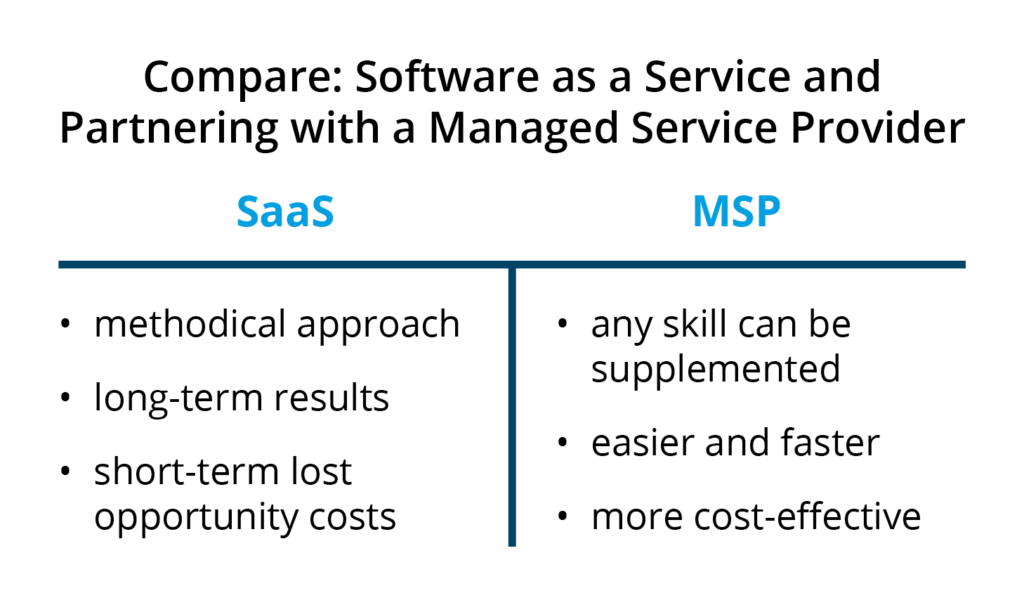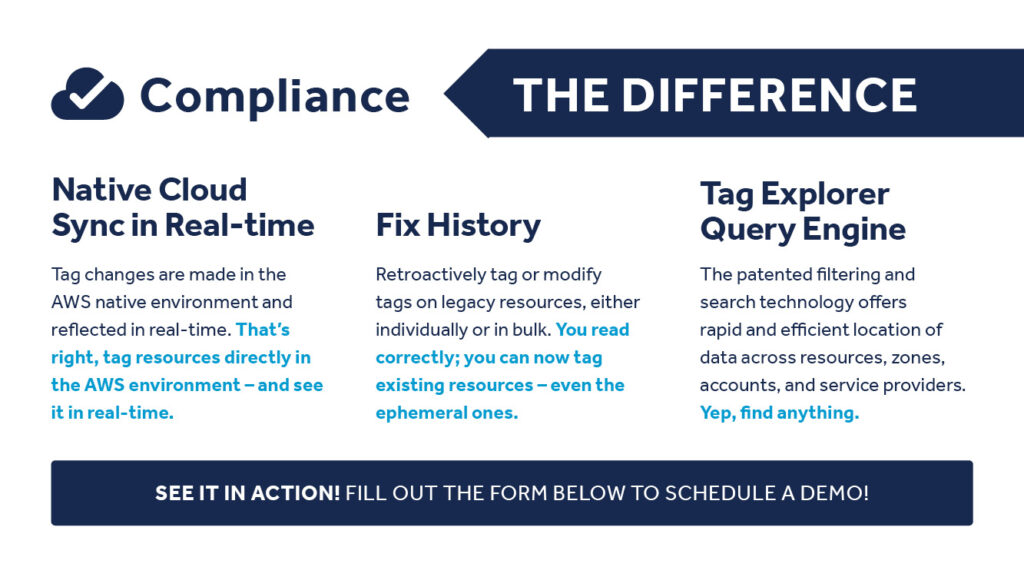“There is no business strategy without a cloud strategy,” said Milind Govekar, vice president at Gartner. “The adoption and interest in public cloud continues unabated as organizations pursue a ‘cloud first’ policy for onboarding new workloads.”
There is a solid business case for most industries to move to using the cloud, Gartner analysts said. They reported that more than 85% of organizations will embrace a cloud-first principle by 2025 and will not be able to fully execute their digital strategies without the use of cloud-native architectures and technologies.
The issue staring us in the face is the lack of skilled cloud professionals to execute these strategies. The skill gap is not closing; it’s getting larger. More than 70% of IT leaders across the globe still view the skills gap as an urgent concern, despite the tech industry’s noise around its efforts to mitigate the rampant skills shortage.
This is no small task.
What this Means for Enterprises
As cloud computing becomes the standard for enterprises looking to maintain and grow their competitive advantage, a large investment of talent is the beginning of the journey. Anyone who has lifted and shifted their legacy applications into the cloud knows how difficult it is to make that change, let alone build modern applications utilizing the advantages of cloud computing. A robust team of cloud engineers and architects is needed. How will large enterprises acquire this level of skill and expertise? The shortage of skilled workers means that the employees you hire have higher salaries than their internal IT counterparts, and the market’s competitiveness makes them difficult and expensive to hold on to.
A few ways enterprises are looking to handle the skills gap include upskilling their existing workforce. By offering their employees an opportunity to gain more skills and incentivizing them with higher salaries upon completion, organizations can build a more talented pool of employees and showcase a culture of growth and opportunity. A challenge with this model will be the time it takes to get employees up to speed, especially with a multi-cloud strategy, and retaining them in a climate where they are extremely valuable.
Another way enterprises are looking to close the gap is to outsource areas they lack the skill to manage themselves. We are all aware of the software designed to give you insights or organize areas of your cloud, but what I am talking about is allowing an organization to handle your cloud as a managed service. There are plenty of great companies that can either help you move to the cloud or do it entirely for you. I have seen companies that run governance and cloud security for organizations. Any skill within your organization can be supplemented with a managed service provider that brings their skilled workers to you.
The key difference between these two examples is the time to execute. If you are taking a slow methodical approach to cloud adoption, you’ll likely go with the first example of upskilling and acquiring talent for your organization. You’ll have long-term results but short-term lost opportunity costs. Many enterprises are looking to go all in right away, in which case it makes the most sense to build as good of a cloud team as possible, see what their limits are, and augment your team through partnerships. Being comfortable with the concept that skilled workers are hard to come by and admitting your team needs help will make your digital transformation easier, faster, and more cost-effective.

The Big Question
How fast are you looking to move in the cloud? Hosting an in-house team of experts who can fully manage all areas of your multi-cloud strategy will take years and lots of heartburn as your skilled employees are lured away with better positions and higher salaries. It is not a cheap venture either, despite many people thinking a move to a pay for what you use model will eliminate overspending on IT, the reality is if you do not have the skilled workforce, you will create environments that overspend on an exponential level. Flexera’s State of the Cloud Report states that 32% of all cloud spend is wasted, a trend we will continue to see if the skills gap is not shored up.
If you are feeling the pains of being short-handed on talent, and are considering working with a partner, let’s continue this conversation. Please reach out to me at any of the contact information detailed below.
Joe DiMarco
(913) 428-9304

